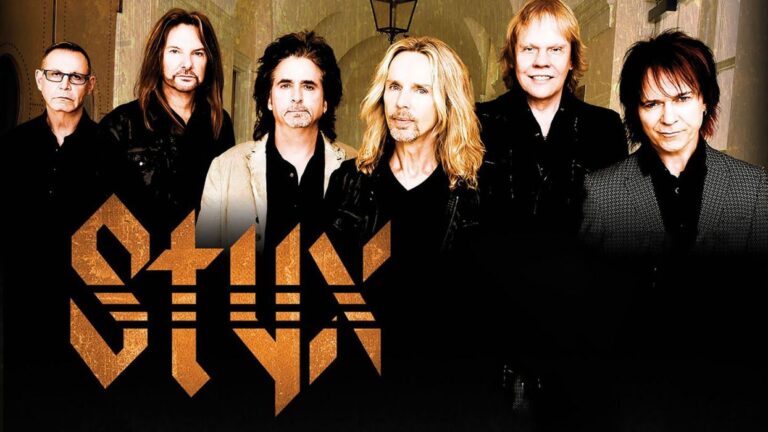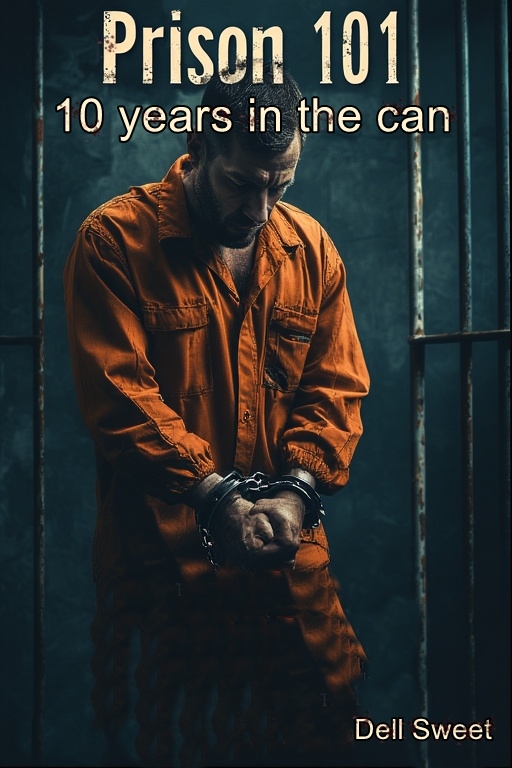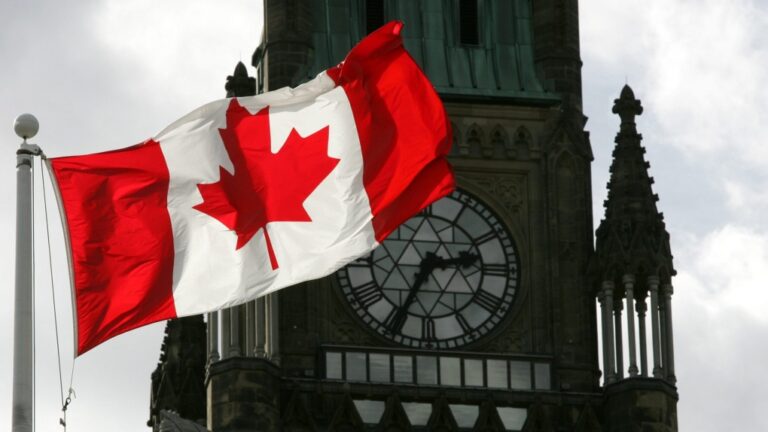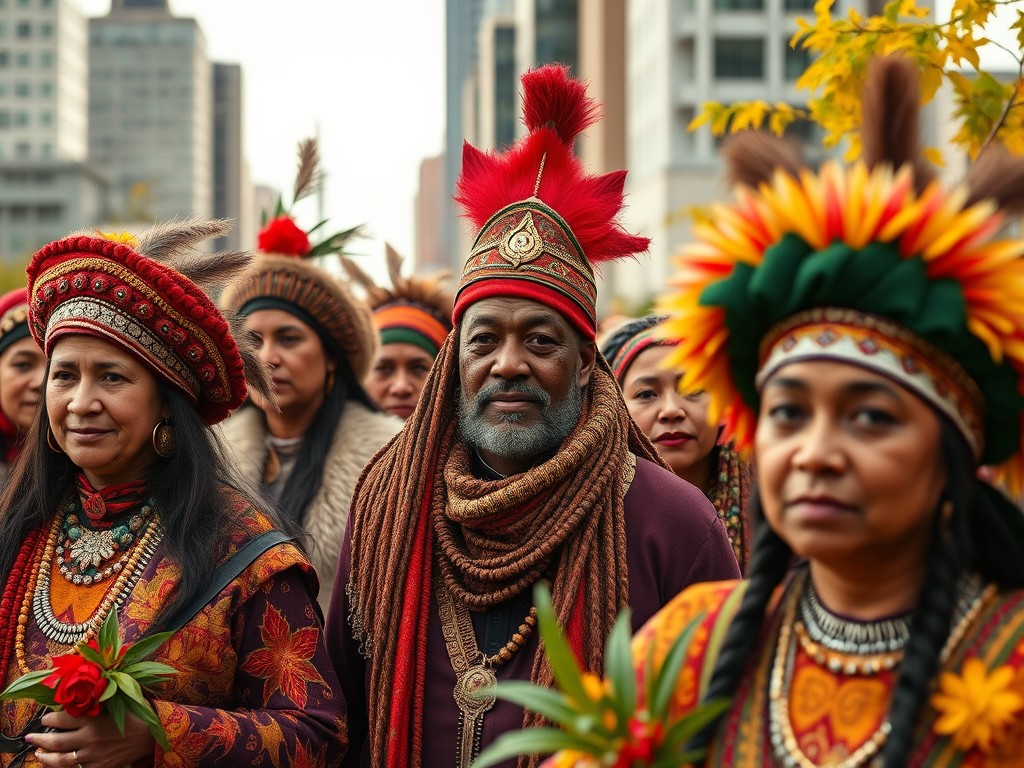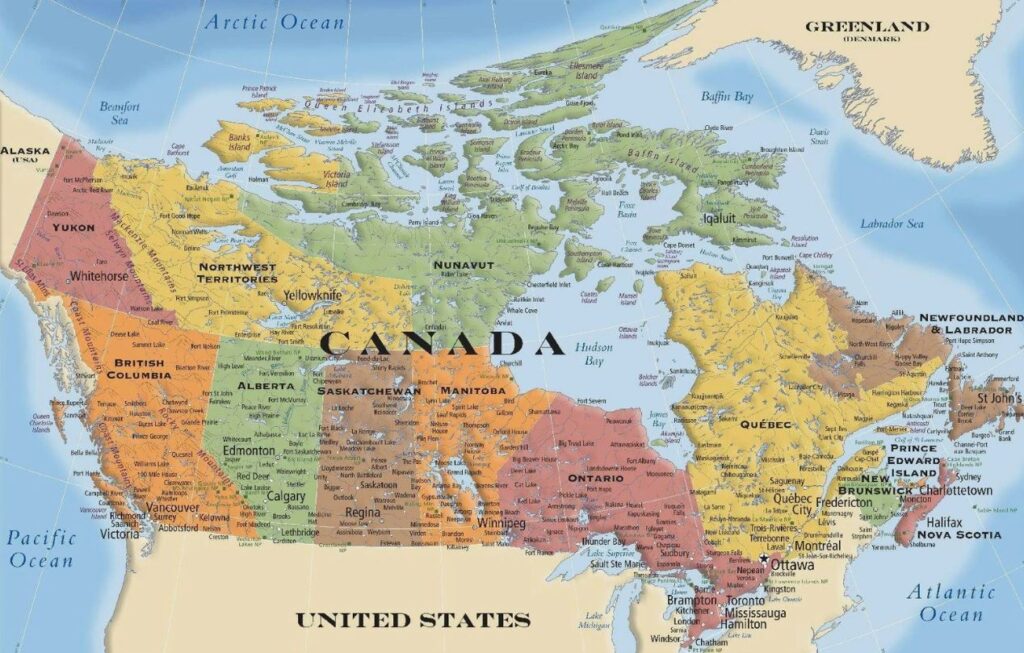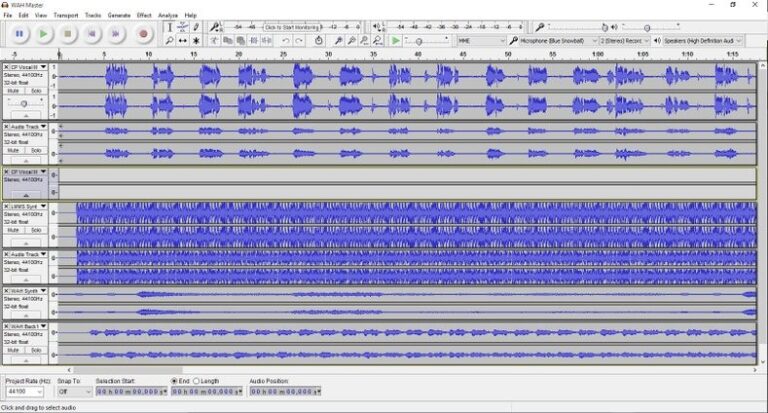
A Good Plan.
I have a plan. I think I spent a good portion of my life without a plan. Just sort of walking along, not really expecting much at all, at least nothing good. I had a larger view of the world that said, “What happens, happens. It’s pretty much ordained, and so there is little I can do about it.” Does that sound ridiculous? Well, it does to me too, now anyway. But for most of my life I had that thought in my head and so, true or not, I believed it to be true and it became true.
Then one day I woke up. I woke up and I looked at the world and I thought “What the hell have I been doing? Why am I in situations I do not want to be in? Where the hell is this car going? Who’s driving?”
After that I went through a period of cynicism. It is the worlds fault. I didn’t have a chance, someone should have told me. More in that vein. Then I stepped back, looked at it and I realized I had had good breaks. I had seen things clearly. I had looked at it. And I had decided that I didn’t want to drive. I had decided to be a passenger. Well, you got to go where the driver is going then. You have eliminated all of your other choices.
So I made a plan in four parts. My plan was pretty simple.
One: I will retain all the control over my own life that I can. As long as getting that control doesn’t cause me to hurt someone, doesn’t become all encompassing. Doesn’t make me stop seeing that compromise is a part of life. I have thought out my actions rationally, without simply reacting during the heat of the moment. Man, I thought. There is a lot to do to simply have control over your own life. And how come I have to give up some of that control to have control. Isn’t that the opposite of what I wanted? It is, but it is the way the real world works.
Two: I will set goals and work toward them. In that way the things that are truly important to me are attained. Great. That is great. A clear path to a clear future, to… No. The problem is that we do not live in a vacuum. How do you set your goals and have them remain static? You don’t. At least you don’t if there are people in your life you care about. I remember someone asked me, what are your plans for the future, and I said well I plan to leave here, move to the middle of nowhere and live off the land as best I can. Maybe find someone who wants to do that and that would be great, a perfect life.
As soon as I said the words I knew I was not thinking rationally about it. If I love people that are in my life then they should count when I make plans for the future. Having lived most of my life in the vacuum that is alcoholism I had rarely ever considered others. Tough to admit, but true, so as I was saying the words they became untrue. I realized my family and friends were more important to me that anything else. And I realized I had to permanently alter my thinking. The people you love have to count. Compromise is a part of life. People who are living in the world know all about that. Those that are only in the world don’t really understand that. Which type did I want to be?
Three: Doors. I grew up on the streets. Yes, I grew up with a moral code, but chances are it was not the same moral code that most people that know me grew up with. On the street loyalty was a big deal. Men would say, “Hey, I’d die for you,” and they meant it. You could watch someone do the worst thing in the world and you would keep your mouth shut. Loyalty. It was a code. Somehow the cops became the bad guys and the bad guys became the good guys. Sounds like different subjects, but it isn’t. You are isolated from mainstream society. Disconnected: Mainstream society becomes incomprehensible. It makes no sense at all. Meanwhile the people you deal with come in and out of those doors you have. Those doors you can choose to open or close. Only you are so disconnected that you leave them open all the time and people come in and out. You become a doormat. You understand doormat. Doormat makes perfect sense. Use and be used. Except, when you come off the streets you still have the doors open. Wide open. You let everyone in, some you should, some you shouldn’t. Some who mean you grave harm, some who try to love you, but you don’t understand any of that. You only left the door open and the stuff is happening People are coming and going.
So one of things I did was shut the doors. Yes, at first, all the way. Then I realized those doors are there for a reason. A door is meant to be opened and closed. On a warm summer night you can crack it a little to let some air in. In the winter to close it to keep the heat in. And life is the same way. Sometimes you can decide to let that person in. Others no. Still others, crack it just a little. Let that breeze in. Maybe leave the screen door shut to keep the insects out. Poor analogies, I know, but I was a street kid. A street kid who was far from stupid, but carried my ignorance like armor. I finally got it though, and I told my self that from now on I would choose how far I would open that door.
Four: The plan. I will sit down and look at what I really want out of life and begin to work toward it. I will realize that, long before I attain it, something might happen that will cause me to want to change my plans. I can not be so rigid that I can not look at it and realize that it needs to be changed. That my needs have changed. That someone in my life has needs that will affect my own needs and that I may have to sit down and do it all over again. Set a new goal. Come up with a new plan. That it’s okay to do that. That if what you are doing no longer makes sense you need to do something else.
That was how I came up with my plan. My plan was a multi year plan. Save my money. Then go in one direction or the other. Land or sea.
Sea: Buy a boat. A big boat. Cast off and spend a few years, as long as I can, sailing. After all, the price of a house, it is about the same.
Land: Buy some land in the mountains. Build another house, I have done that before, and that’s it, retire. Walks in the mountains. Maybe do the Appalachian trails. Live as close to my characters lives in my books as I can.
Then I mentioned it to people in my life. By the time I got their reactions I realized that I may just have to scrap both plans and start over. Not because any of them said anything to dissuade me, but because I realized how much I loved them and would miss them if I did either of those things. How life really is about compromise. After all, I can rent a boat, can’t I? I can rent a cabin in the sticks, can’t I? I can walk the Appalachian trail, I don’t have to live there to do that. So I made a new plan. My new plan is not to make any other plans until I sit down and think about the people I love and how it will impact them and me.
Hope you had a good week…
Home: https://www.wendellsweet.com


